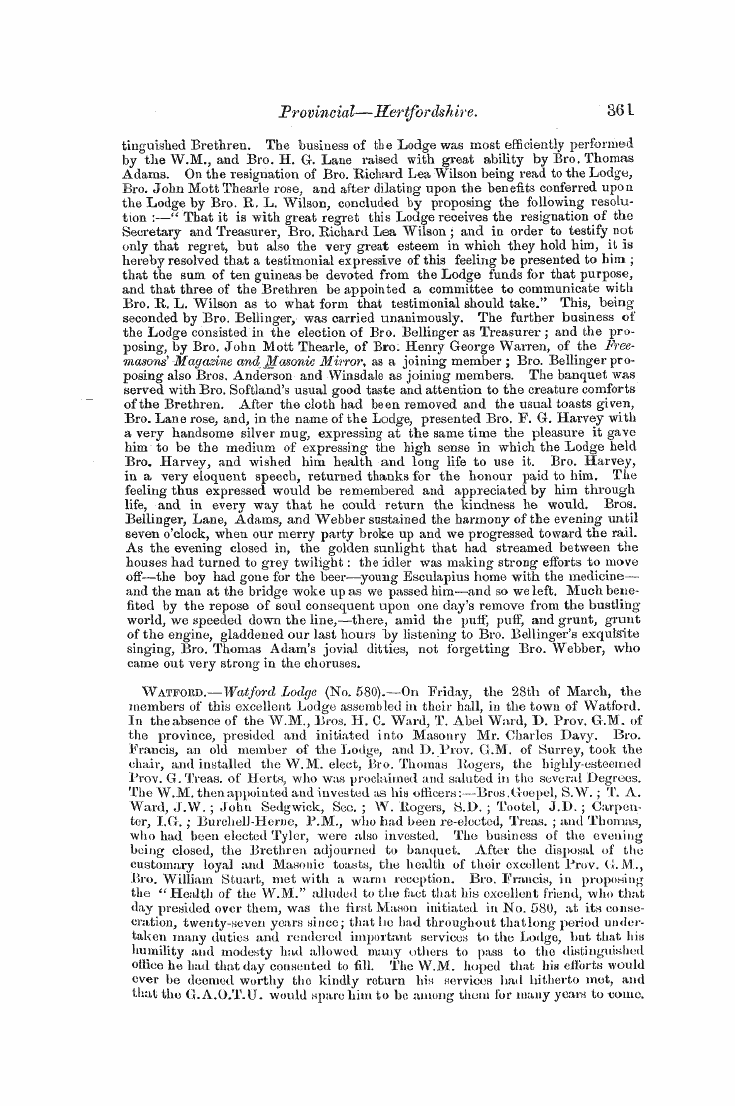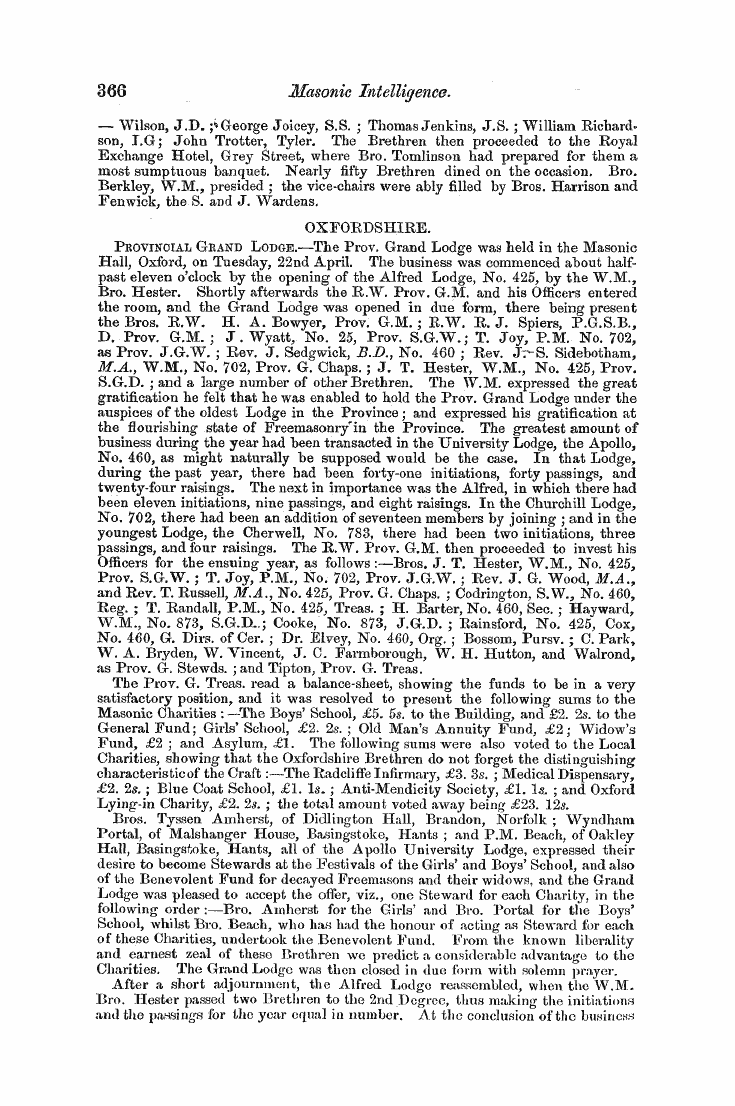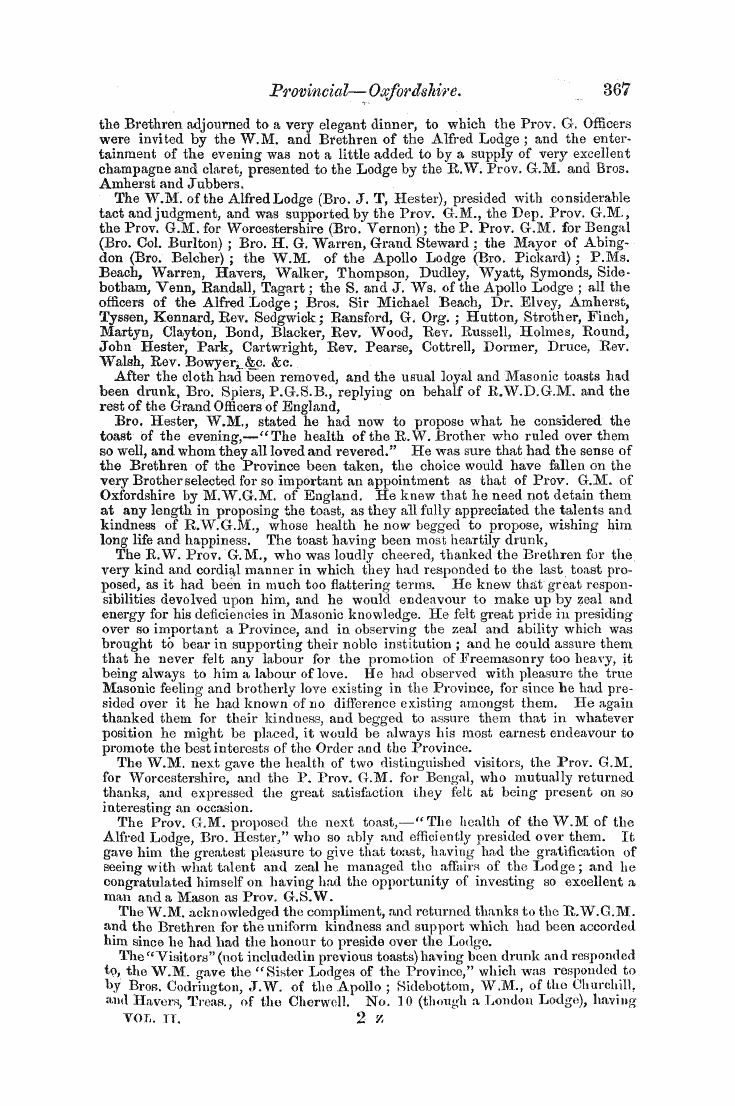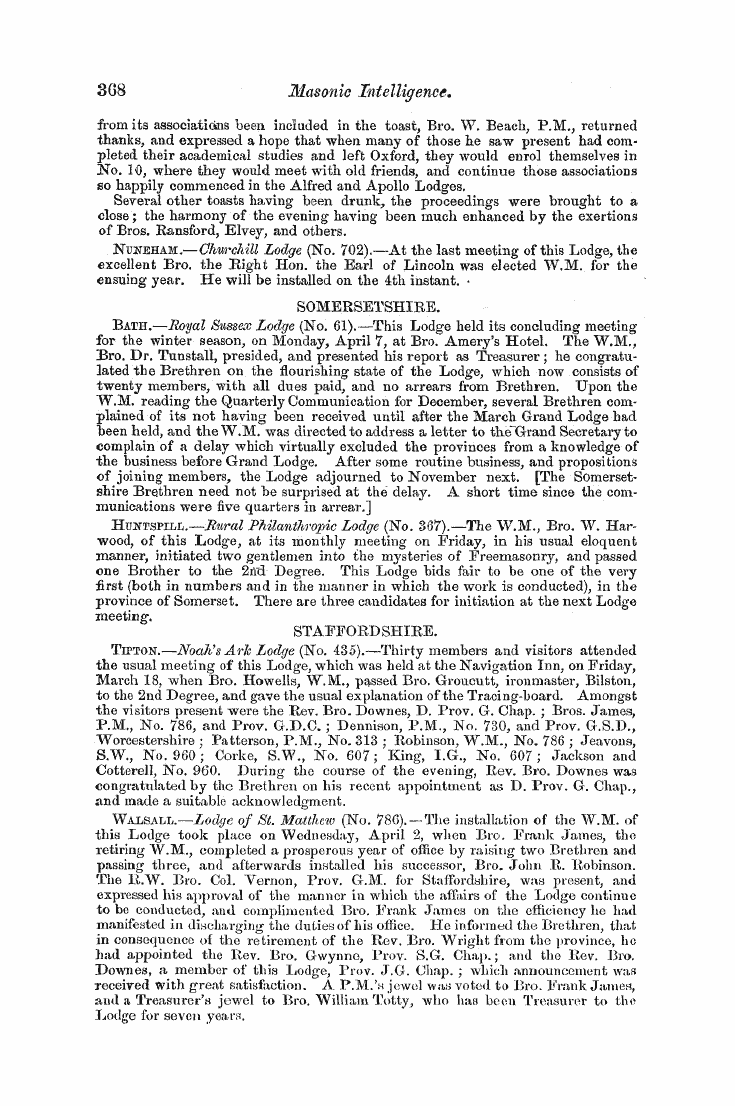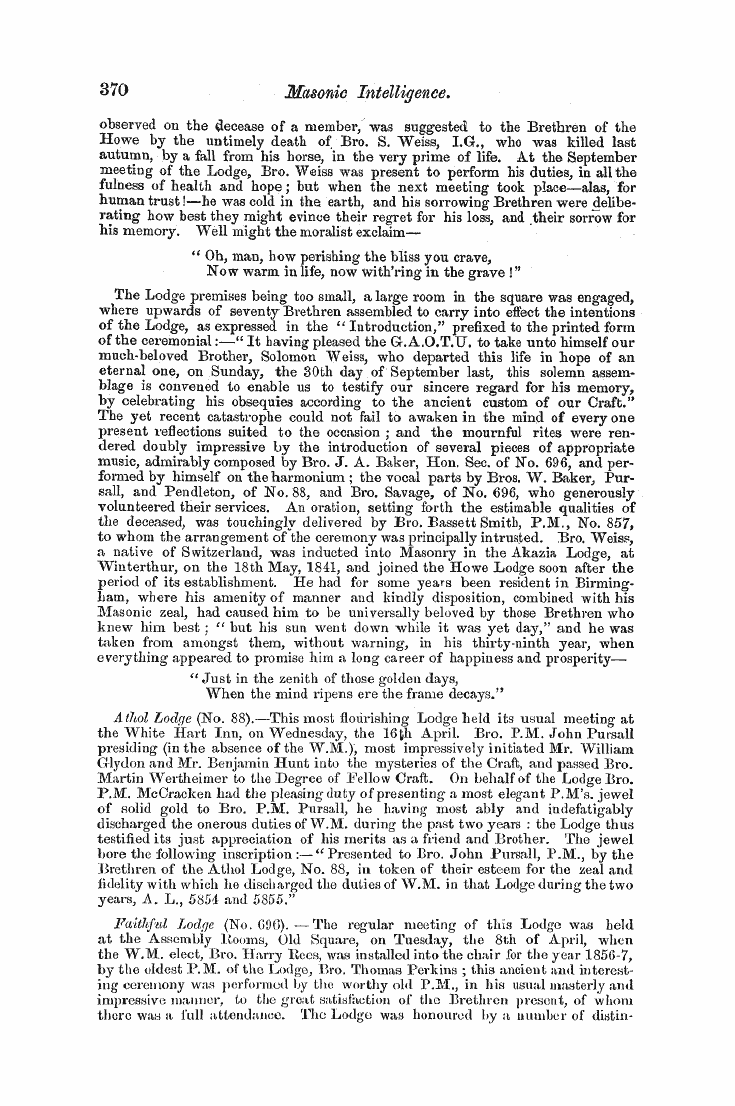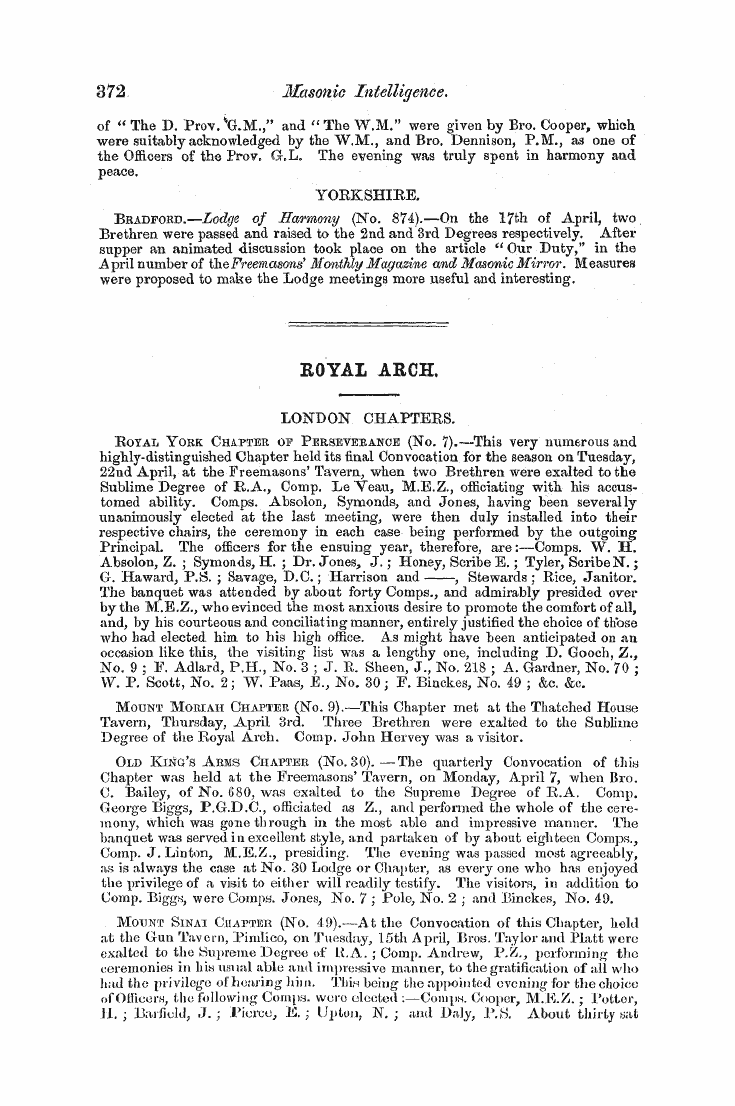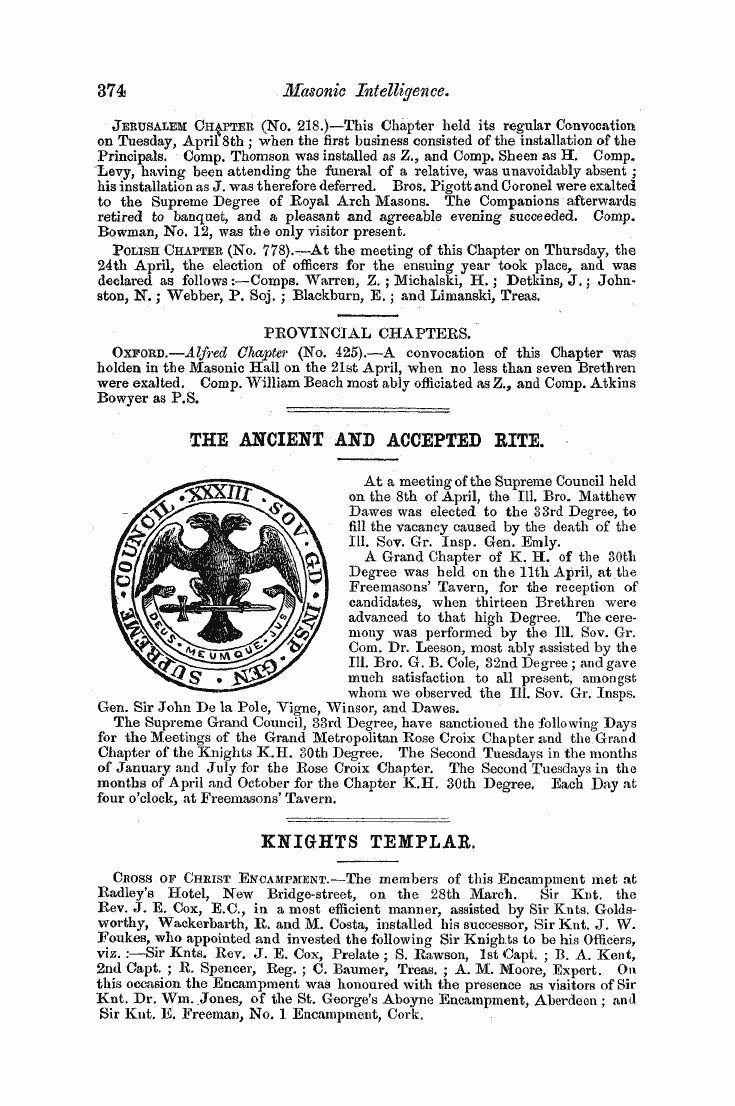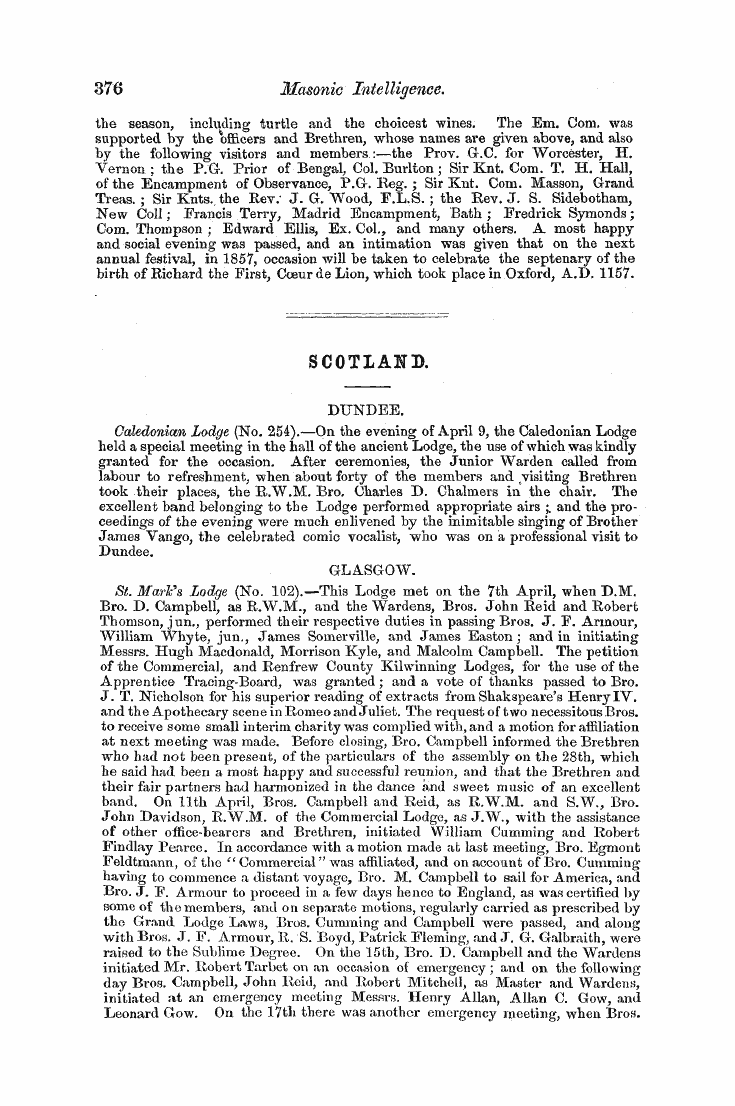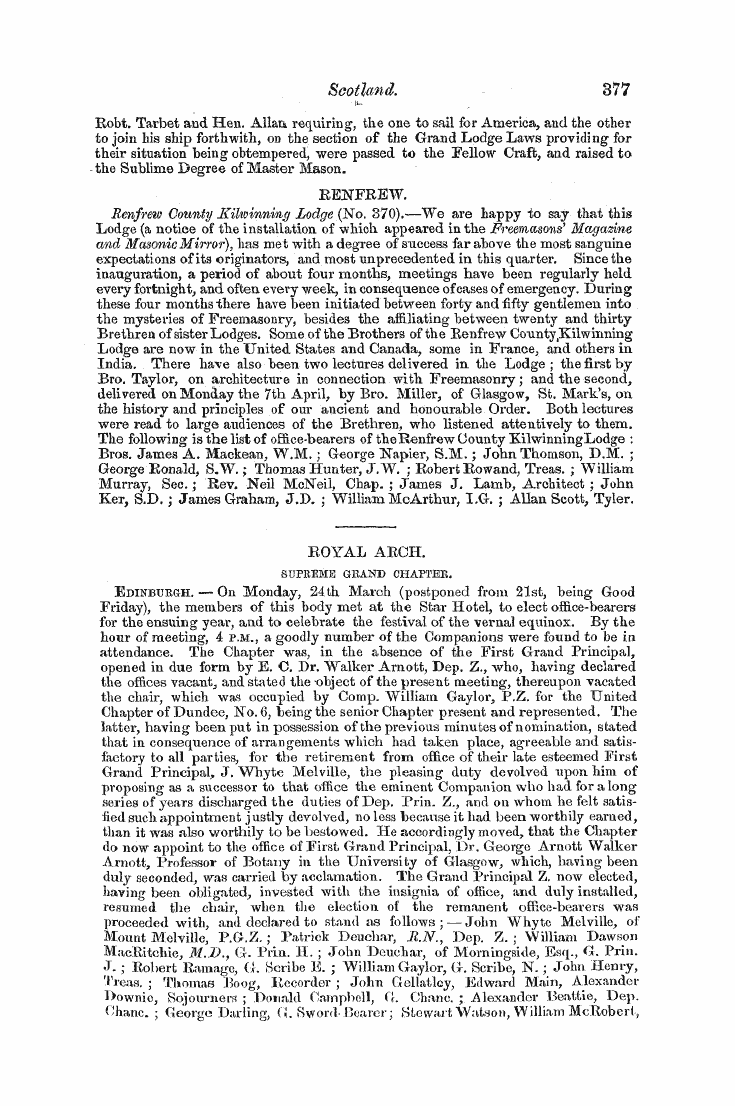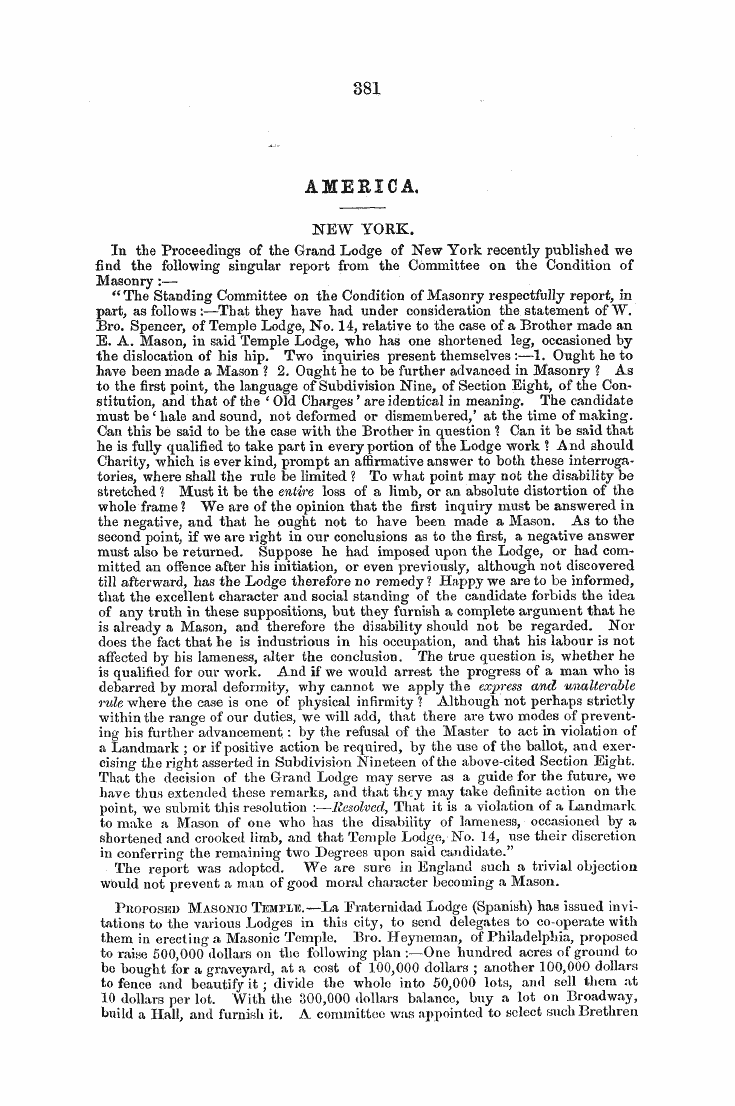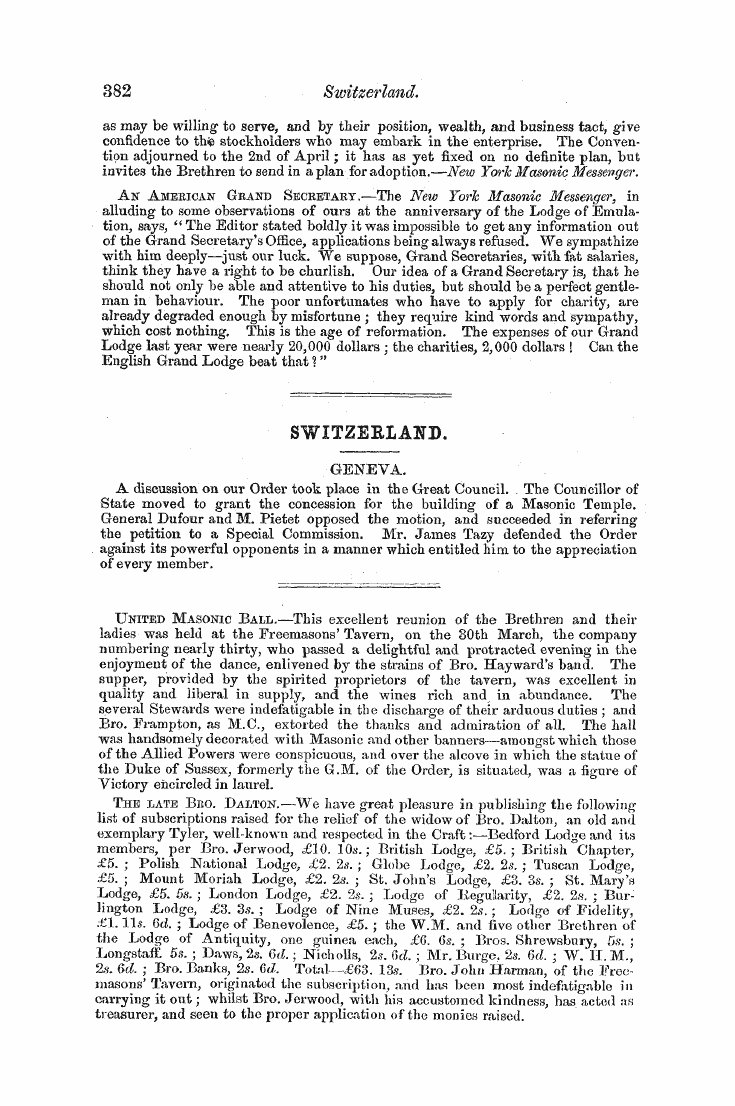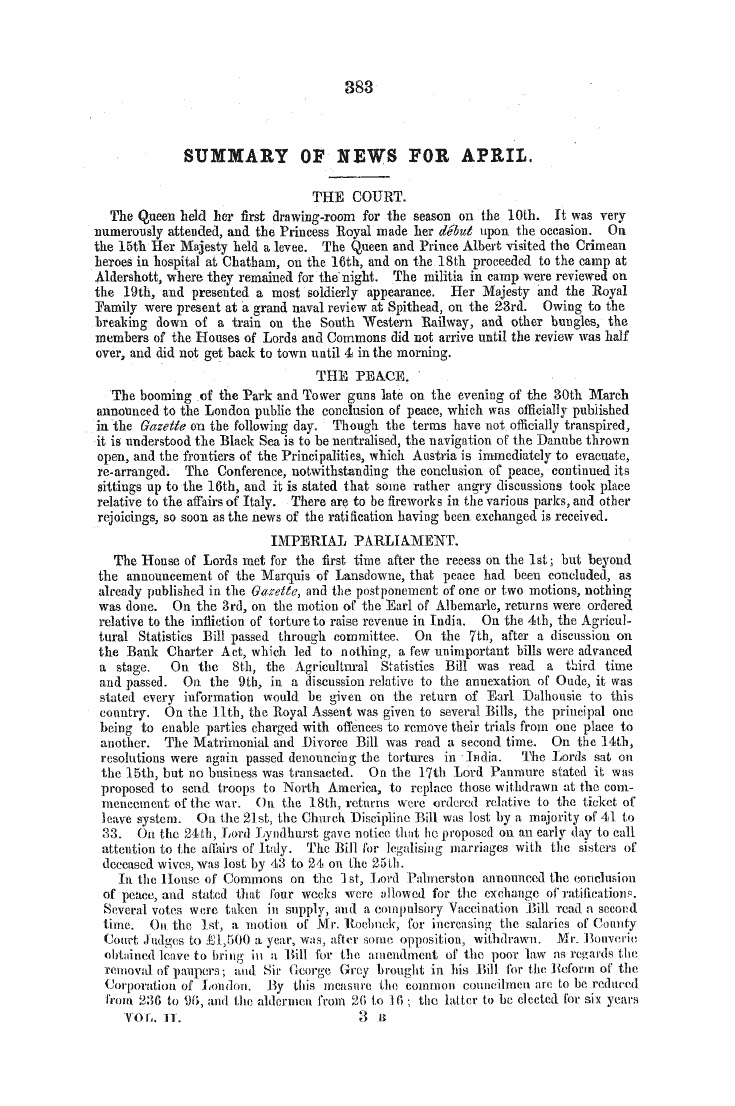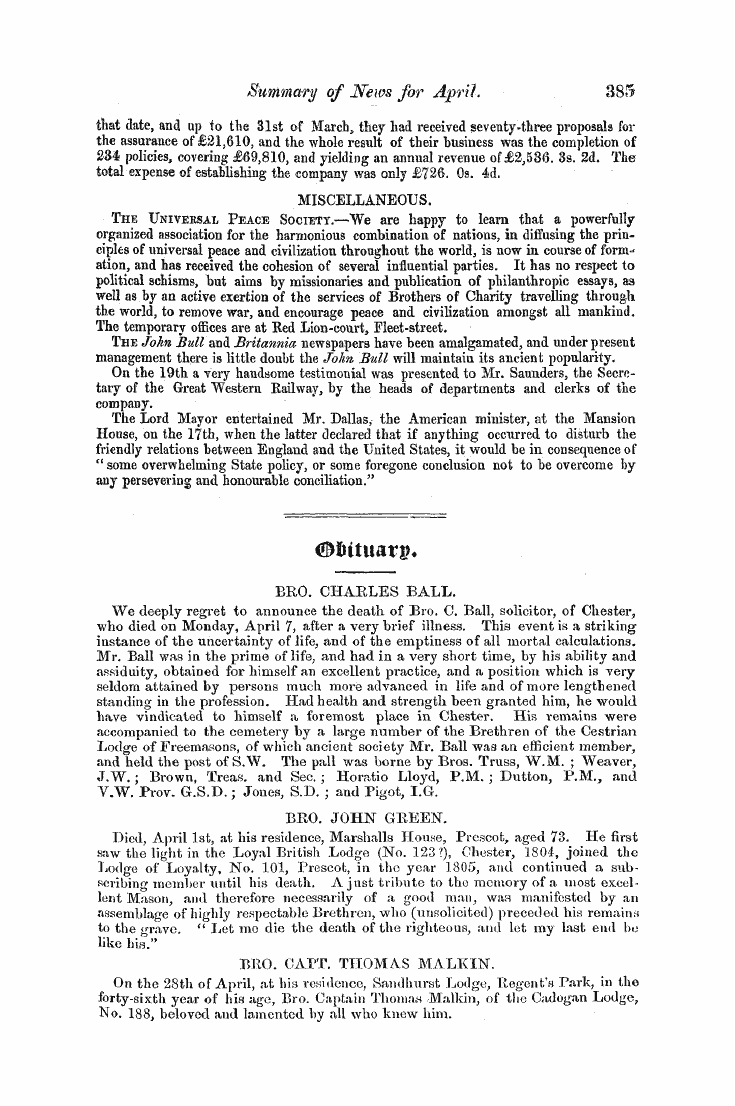-
Articles/Ads
Article Untitled Article ← Page 2 of 5 →
Note: This text has been automatically extracted via Optical Character Recognition (OCR) software.
Untitled Article
sealed the letters he wrote in Europe with his own ring , and those in Asia with the ring of Darius . The Persians attribute the introduction of the ring into their country to King Guiamschild . The Greeks , Pliny says , cannot have used rings before the Trojan war . It is easy enough to imagine that when the Greeks adopted the practice , it would not be long ere their neighbours the Sabines , on the other side the Mare Hadriaticum , would welcome it too . No
ornament we know was more generally worn by the Romans than rings ; and this custom , we learn from Livy , was borrowed from the Sabines . Thus , in the earliest ages , the ring was worn in the East ; and as each nation rose gradually into civilization and power , it passed from East to West .
Rings were made in ancient times according to the will or wealth of the person who wore them . The Romans , before the year of Rome 650 , when effeminacy was unknown , were content with iron rings , which were sometimes gilt , Marius , we are told by Pliny , was the first person who wore a gold one . Frequently rings were made of two metals , sometimes single or combined , sometimes hollow
and sometimes solid . Rings were set with various precious stones , as jaspar or sardonyx ; but a person who wore a very costly ring was not always to be envied . We are told that a senator Nonius , for instance , was proscribed by Antony , on account of the gem in a ring which he wore , which was valued at 20 , 000 sesterces . A plebeian , who was brave in war , often obtained the right of wearing a gold ring ; under the Emperors many more wore it ; and from the
days of Justinian all citizens who chose to have a gold ring might wear it , without any particular desert . Some now multiplied their rings or annuli , and changed them as their dress ; wearing heavy rings in the winter , and lighter ones in the summer . The stones in the rings were not always plain , frequently they were engraved in creux { gemmce ectypce ) , or in relievo ( seulpturaprominente ) , the engraving being the head of some old ancestor , or great prince , or a secret hieroglyphical sign or symbol , answering very much to " Tom
Styles + his mark " in parish registers . With the symbolical seals , letters , and all legal documents , were sealed . The Romans , the Greeks , and indeed all the ancients , we may
believe , wore the ring upon the fourth finger of the left hand , placing them at last on each joint , and changing them every week . The reason that the ring was placed upon the fourth finger was , because they thought that there was a nerve or vein which came directly from the heart : from this the fourth finger was called " digitus
annularis " As regards the thumb-ring , it seems to have been worn in bygone days by aldermen especially , to distinguish them from other mortals . In the " Wits' Constable , " 1 G 40 , we read , — " No more
wit than the rest of the bench ; what lies in his thumb-ring ; " and it is mentioned by Brome , in the " Antipodes , " 1641 , — " Item , a distich , graven in his thumb-ring . " In the Gentleman ' s Magazine , 1813 , p . 17 , there is an engraving of a massive thumb-ring , strongly
Note: This text has been automatically extracted via Optical Character Recognition (OCR) software.
Untitled Article
sealed the letters he wrote in Europe with his own ring , and those in Asia with the ring of Darius . The Persians attribute the introduction of the ring into their country to King Guiamschild . The Greeks , Pliny says , cannot have used rings before the Trojan war . It is easy enough to imagine that when the Greeks adopted the practice , it would not be long ere their neighbours the Sabines , on the other side the Mare Hadriaticum , would welcome it too . No
ornament we know was more generally worn by the Romans than rings ; and this custom , we learn from Livy , was borrowed from the Sabines . Thus , in the earliest ages , the ring was worn in the East ; and as each nation rose gradually into civilization and power , it passed from East to West .
Rings were made in ancient times according to the will or wealth of the person who wore them . The Romans , before the year of Rome 650 , when effeminacy was unknown , were content with iron rings , which were sometimes gilt , Marius , we are told by Pliny , was the first person who wore a gold one . Frequently rings were made of two metals , sometimes single or combined , sometimes hollow
and sometimes solid . Rings were set with various precious stones , as jaspar or sardonyx ; but a person who wore a very costly ring was not always to be envied . We are told that a senator Nonius , for instance , was proscribed by Antony , on account of the gem in a ring which he wore , which was valued at 20 , 000 sesterces . A plebeian , who was brave in war , often obtained the right of wearing a gold ring ; under the Emperors many more wore it ; and from the
days of Justinian all citizens who chose to have a gold ring might wear it , without any particular desert . Some now multiplied their rings or annuli , and changed them as their dress ; wearing heavy rings in the winter , and lighter ones in the summer . The stones in the rings were not always plain , frequently they were engraved in creux { gemmce ectypce ) , or in relievo ( seulpturaprominente ) , the engraving being the head of some old ancestor , or great prince , or a secret hieroglyphical sign or symbol , answering very much to " Tom
Styles + his mark " in parish registers . With the symbolical seals , letters , and all legal documents , were sealed . The Romans , the Greeks , and indeed all the ancients , we may
believe , wore the ring upon the fourth finger of the left hand , placing them at last on each joint , and changing them every week . The reason that the ring was placed upon the fourth finger was , because they thought that there was a nerve or vein which came directly from the heart : from this the fourth finger was called " digitus
annularis " As regards the thumb-ring , it seems to have been worn in bygone days by aldermen especially , to distinguish them from other mortals . In the " Wits' Constable , " 1 G 40 , we read , — " No more
wit than the rest of the bench ; what lies in his thumb-ring ; " and it is mentioned by Brome , in the " Antipodes , " 1641 , — " Item , a distich , graven in his thumb-ring . " In the Gentleman ' s Magazine , 1813 , p . 17 , there is an engraving of a massive thumb-ring , strongly










































